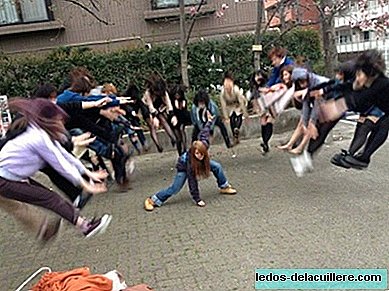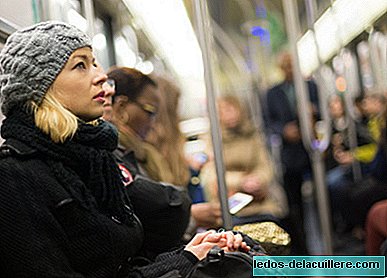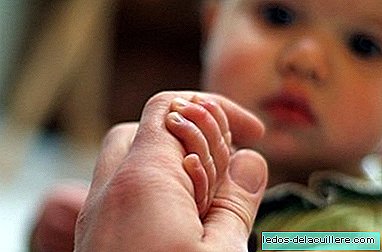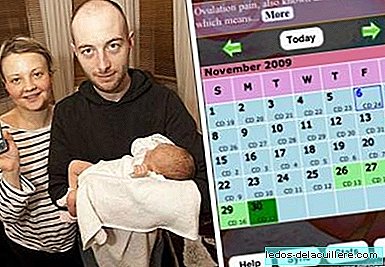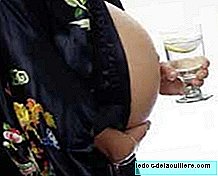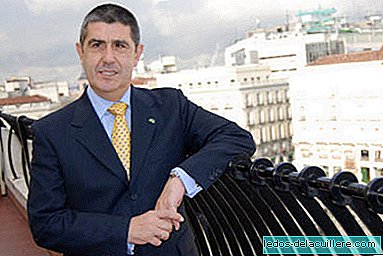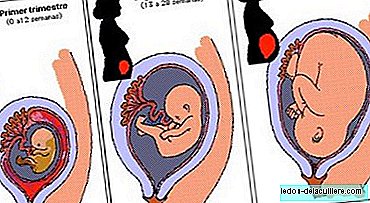
The uterus is the organ that evolves most during pregnancy, since it increases from about 6.5 centimeters to 32-33 centimeters and goes from weighing about 60 grams to more than 1000 grams at the end of pregnancy. The uterus increases in size, even at the beginning of pregnancy, but cannot be perceived through the abdominal wall until the end of the first trimester, when it begins to rise above the limit of the pelvis.
The growth of the uterus is produced by the action of hormones (chorionic gonadotrophins, estrogens and progesterone), and the muscular layer develops preparing for the moment of expulsion of the fetus during childbirth. Also the inner layer, called the endometrium, is modified because the embryo is nourished at the beginning of pregnancy.
But, after giving birth, the uterus soon returns to its normal conditions in the process called of uterine involution. At the beginning of the puerperium it is about 20 cm. long, 12 cm. wide and a thickness of 8-9 cm. The thickness of the body wall is 4-5 cm. After a few hours after delivery, the bottom of the uterus rises to the level of the navel, to return to its normal position after a few days.
It is good that we massage the area intensely to promote uterine involution, as well as favor postpartum contractions or contractions through breast stimulation to favor a correct sealing of the blood vessels while involving the uterus: every time the baby is breastfed It releases the hormone oxytocin, which causes contractions in the uterus.
He postpartum abdominal massage It is performed effectively (and painfully) by medical professionals, who easily detect the level of the uterus and press to help it get involved. It is a massage that we can perform ourselves after delivery by controlling the pressure performed.
Immediately after delivery the bottom of the uterus is touched at the level of the umbilical scar. On the third or fourth day, two centimeters below that. At one week, at the level of the superior insertion of pubic hair and at the month of delivery it is no longer possible to recognize it by abdominal palpation.
At the end of labor, the cervix is not distinguished from the uterine body. After one day, the neck has been reconstituted, but the canal has dilated, allowing the passage of germs. Only after a month of childbirth the cervical canal returns to its original dimensions.
Through this regression of the uterus there are various changes in our body:
- The peritoneum is arranged in folds that, successively, disappear.
- The musculature is considerably reduced, a large part of the muscle fibers formed due to pregnancy will disappear and the rest return to their normal dimensions.
- Also the connective tissue, which undergoes an important hypertrophic process during pregnancy, returns to normal.
When dwarfing, all the residues that remain in the uterus are being expelled by means of the lochia, which in the first three days are constituted by blood and vernix caseosa (blood or red lochia), evolving in their constitution, abundance and color until they become shades brown-whitish, decrease and disappear around the third week of puerperium.
As a result of the prolonged distention of the skin of the abdomen due to the size of the uterus and its rapid involution, the abdominal walls are flaccid and soft for some time. But as soon as we recover physically in the postpartum period (one more time if it has been a C-section), we can exercise the area, strengthening it to return to its previous state.



